The next evolution for foldable phones could be ridiculously surprising
There could be an innovative alternative to foldables coming in the near(ish) future


Quick summary
A Vivo patent has been uncovered for a phone that offers two displays.
The displays can be separated and used independently, or controlled with another device.
Foldables are enjoying their moment in the spotlight, with Samsung leading the charge in folding phones and other brands bringing their own momentum to the movement. However, things could change direction if a recently found patent from Vivo is anything to go by.
The folding phones we’ve seen so far have followed similar lines – there’s the classic book-style foldable, like the Galaxy Z Fold 6, which gets larger when you open it. Then there’s the flip style, where you can fold your phone in half, like the just-announced Moto Razr 60 Ultra. Finally, there’s the tri-fold design, like the Huawei Mate XT or the rumoured Galaxy G Fold.
But according to 91mobiles, Vivo has filed a patent for handset in an all-new category – a folding device that has two distinctly separate screens. There’s no link to the source, so we can’t verify the details, so this report is a little sketchy and should be approached with caution.
91mobiles outlines the device as a foldable with a detachable second screen. That second display, it’s said, can be used independently from the first because it has its own hardware inside, although specifics are not shared. We can safely assume it includes a battery for power, plus something to maintain a wireless connection to another device, but that’s all it would need.

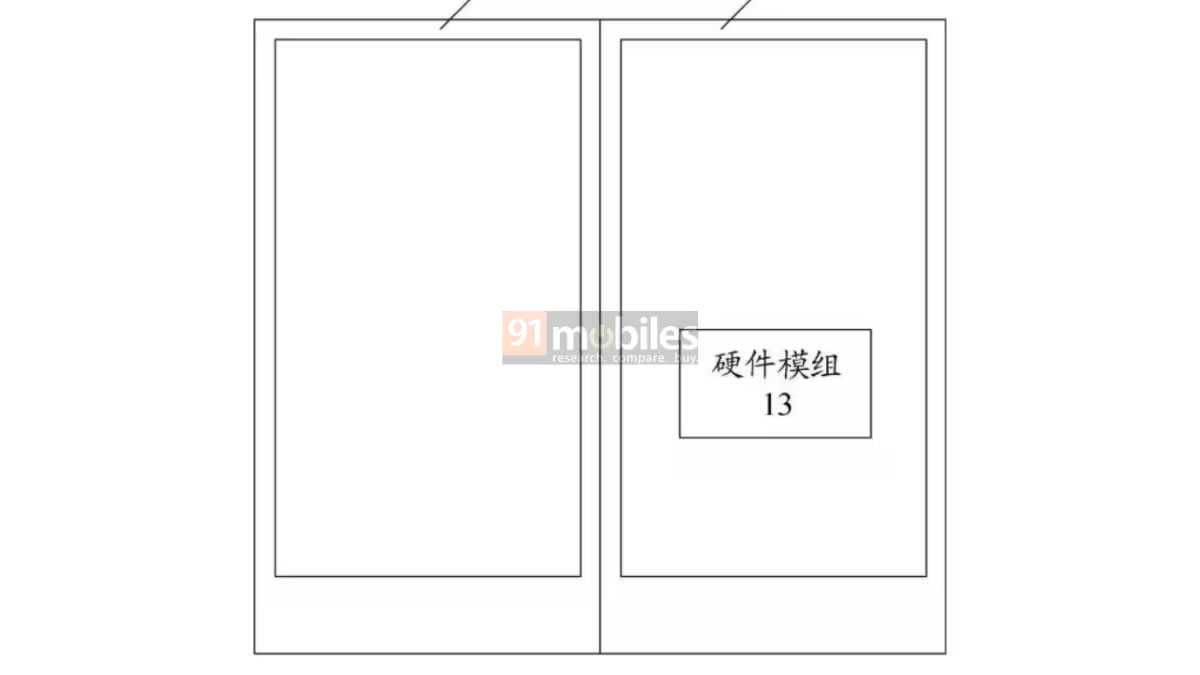
According to the details, the screens can connect magnetically, allowing modular separation.
What’s not clear is whether any part of the display surface actually folds or what sort of border might be around them – so it may not be a folding phone in the sense that we're currently used to.
The examples given for use cases suggest one display could share information, controlling it with the second, or gaming using one for visuals and the other for control. There’s also the suggestion that control of the screens could come from a third device.
Sign up to the T3 newsletter for smarter living straight to your inbox
Get all the latest news, reviews, deals and buying guides on gorgeous tech, home and active products from the T3 experts
This sounds familiar, has it been done before?
The patent doesn’t appear to be for a device with a flexible display, but might allow two screens to be used together or separated as one device.
LG toyed with the idea of offering two screens in 2019, showing off the LG V50 ThinQ and the LG G8X, both of which offered a case which housed a second screen. It wasn’t detachable – it was powered by the first device – but it did allow you to have more screen space and do things like move the keyboard to the second screen.
The separation of the screens appears to be the new idea here, but the emergence of this patent raises more questions than answers. It could potentially be a bulky device because you’re looking at housing two screens, slightly different to current folding phones.
What it doesn’t appear to do is offer one large seamless screen area that can fold to be more compact.
This could be my misinterpretation of the patent details that we’ve been provided, but ultimately, with no details of a hinge or how these displays work as one, it just sounds like LG’s solution, but with the ability to separate the screens.
And as it's just a patent at present, we may never truly find out.
Chris has been writing about consumer tech for over 15 years. Formerly the Editor-in-Chief of Pocket-lint, he's covered just about every product launched, witnessed the birth of Android, the evolution of 5G, and the drive towards electric cars. You name it and Chris has written about it, driven it or reviewed it. Now working as a freelance technology expert, Chris' experience sees him covering all aspects of smartphones, smart homes and anything else connected. Chris has been published in titles as diverse as Computer Active and Autocar, and regularly appears on BBC News, BBC Radio, Sky, Monocle and Times Radio. He was once even on The Apprentice... but we don't talk about that.
You must confirm your public display name before commenting
Please logout and then login again, you will then be prompted to enter your display name.
-
 This two-move total body boosts heart health and builds muscle endurance
This two-move total body boosts heart health and builds muscle enduranceTwo moves, 15 minutes and a full fitness fix
By Bryony Firth-Bernard
-
 Inov8 Roclite GTX Hiking Shoe review: top trekkers for comfort, agility and protection
Inov8 Roclite GTX Hiking Shoe review: top trekkers for comfort, agility and protectionThe Inov8 Roclite GTX blends comfort, grip and agility in one very tidy low-cut package
By Derek Adams
-
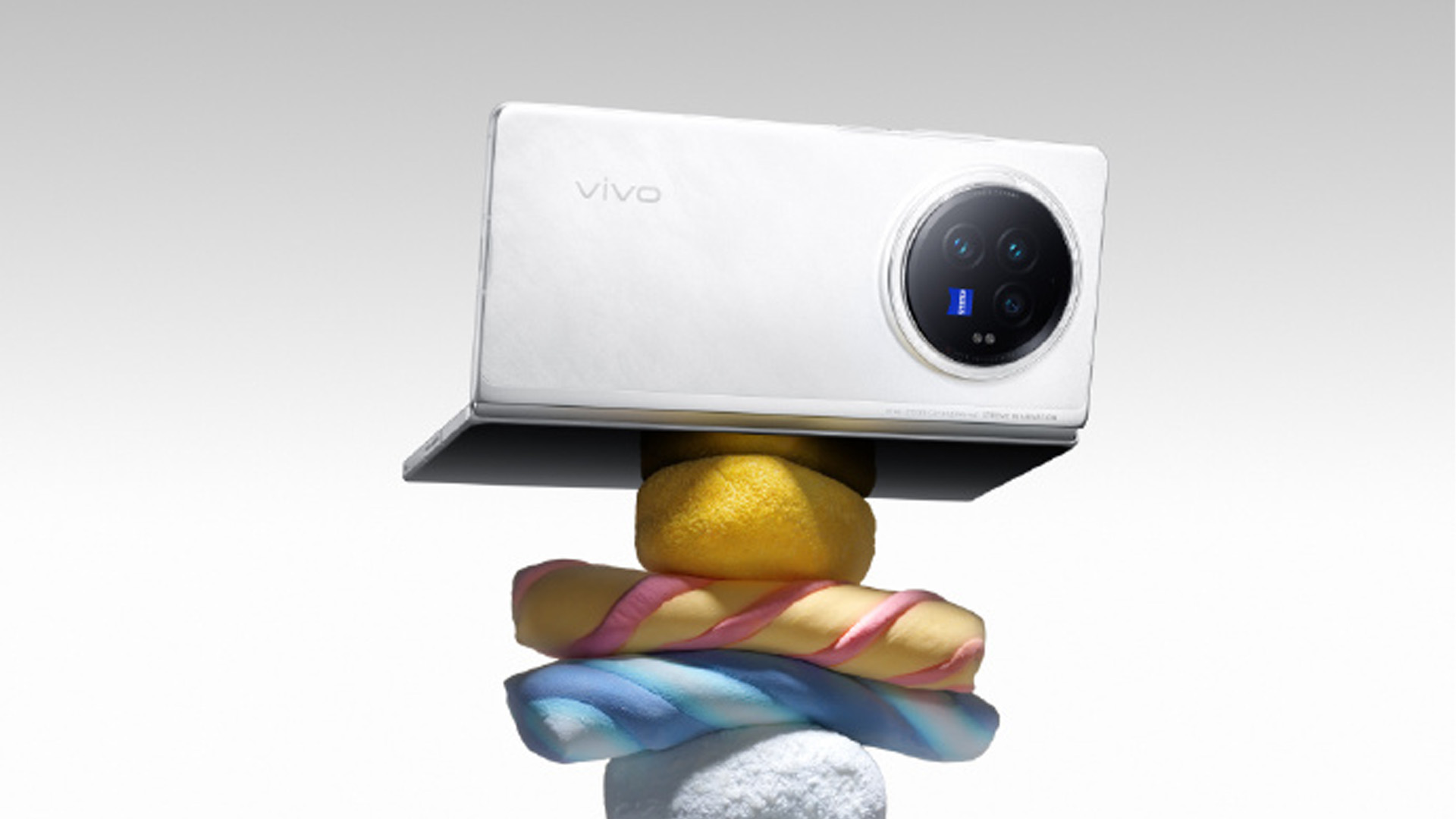 Vivo's forthcoming foldable could be a Galaxy Z Fold 5 beater when it comes to photography
Vivo's forthcoming foldable could be a Galaxy Z Fold 5 beater when it comes to photographyFoldable phone photography seems to be the new battleground
By Max Freeman-Mills
-
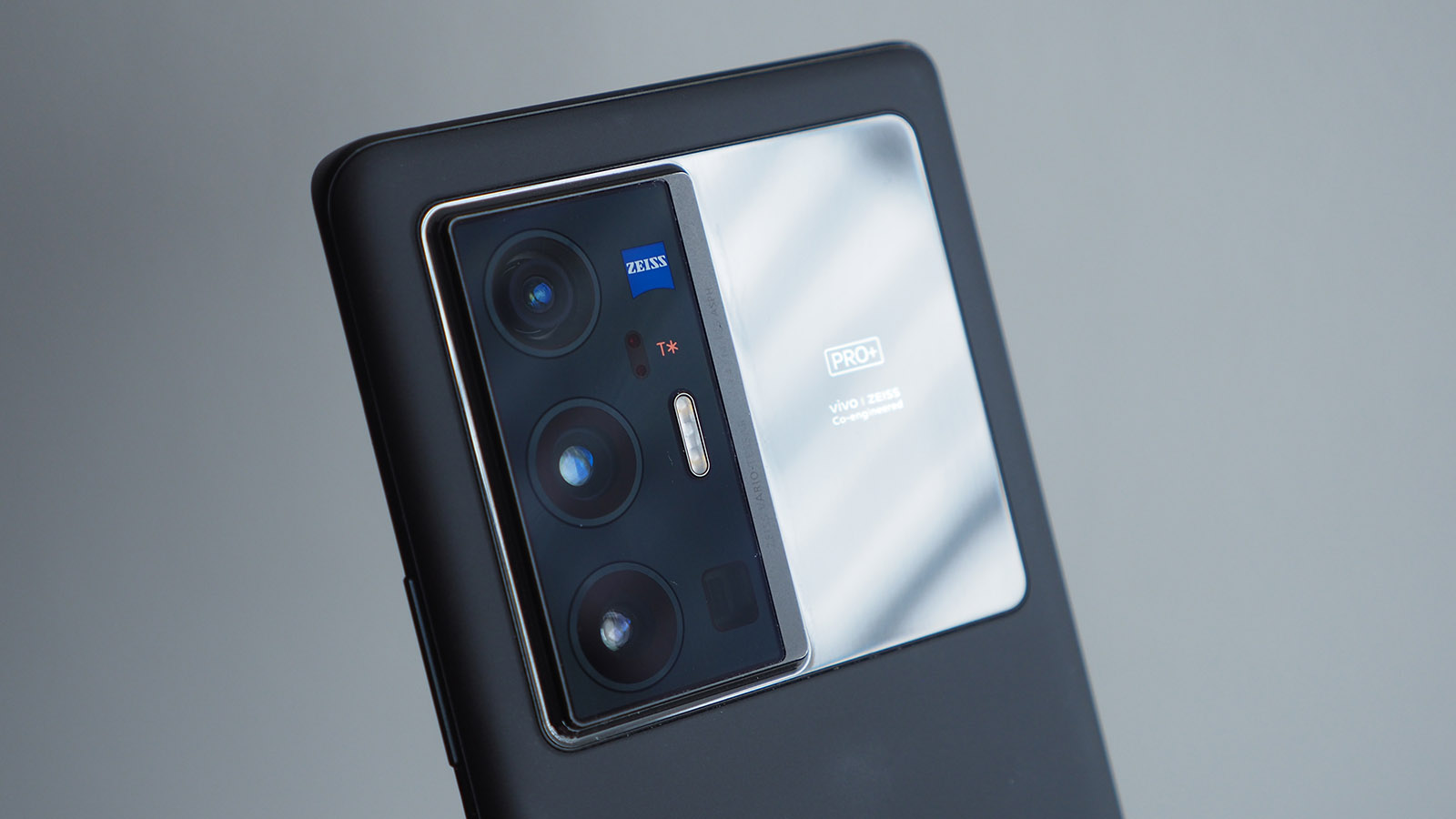 Best phone camera you’ve never used? Vivo X70 is superb
Best phone camera you’ve never used? Vivo X70 is superbLittle known flagship series features gimbal stabilisation series
By Mike Lowe
-
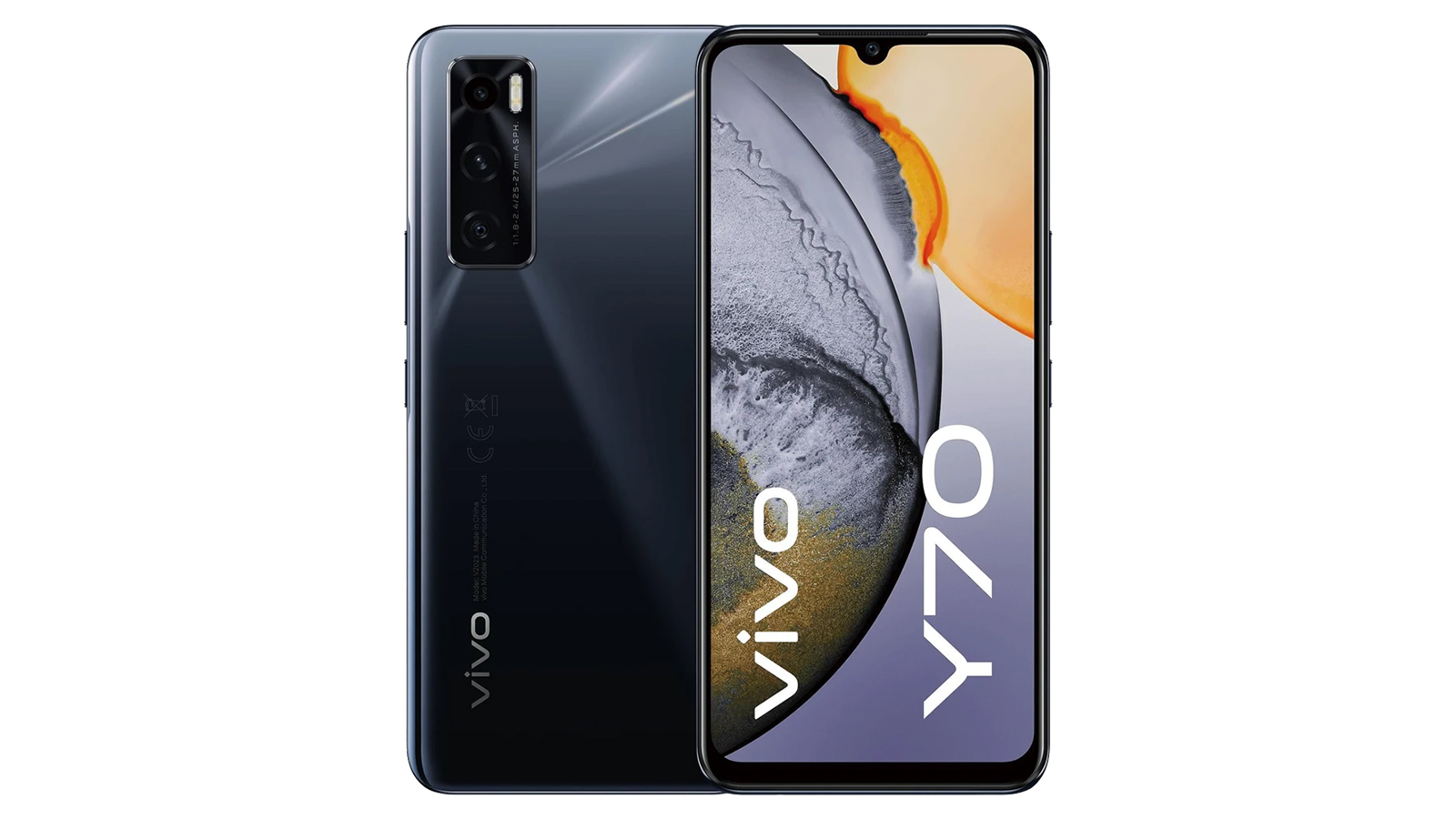 Vivo Y70 review: a low-cost Android phone that won't let you down
Vivo Y70 review: a low-cost Android phone that won't let you downThe Vivo Y70 holds its own against other phones at this price point
By David Nield
-
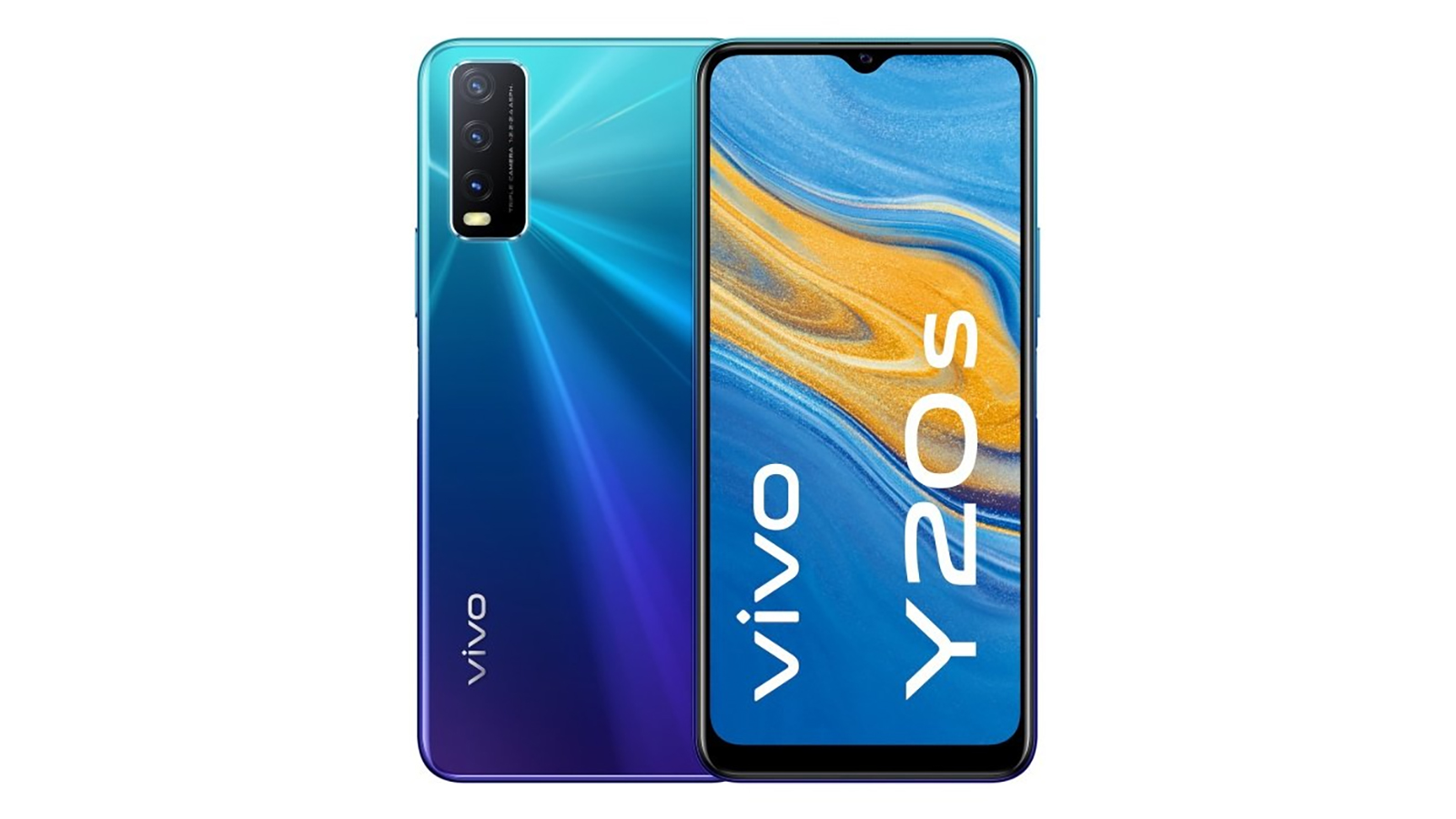 Vivo Y20s review: a super-cheap Android phone with long battery life
Vivo Y20s review: a super-cheap Android phone with long battery lifeThe Vivo Y20s is one of the most affordable phones around, but does it offer value for money?
By David Nield
-
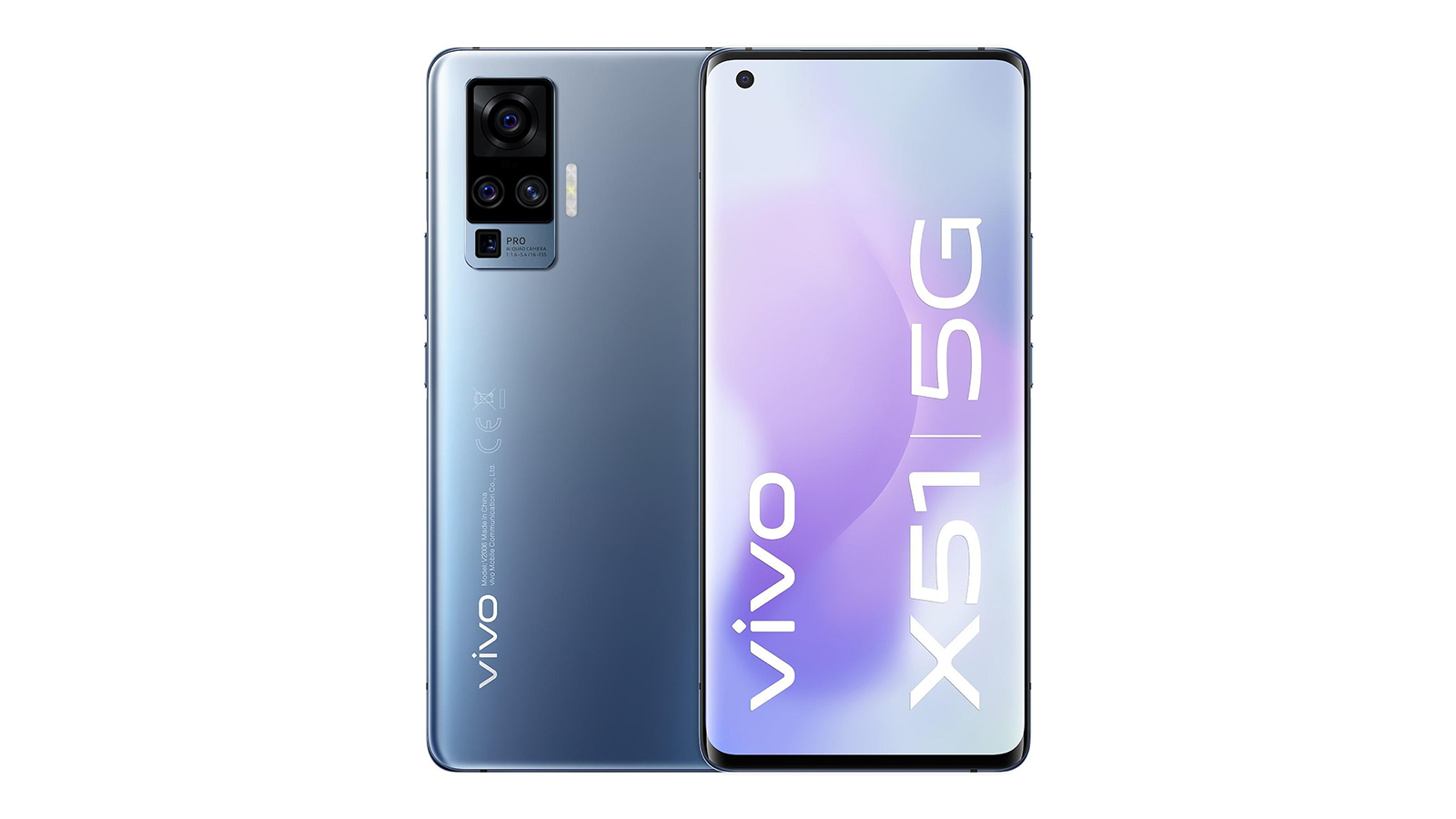 Vivo X51 5G review: the premium mid-range market gets even more crowded
Vivo X51 5G review: the premium mid-range market gets even more crowdedThe Vivo X51 5G has an excellent camera system and few flaws
By David Nield